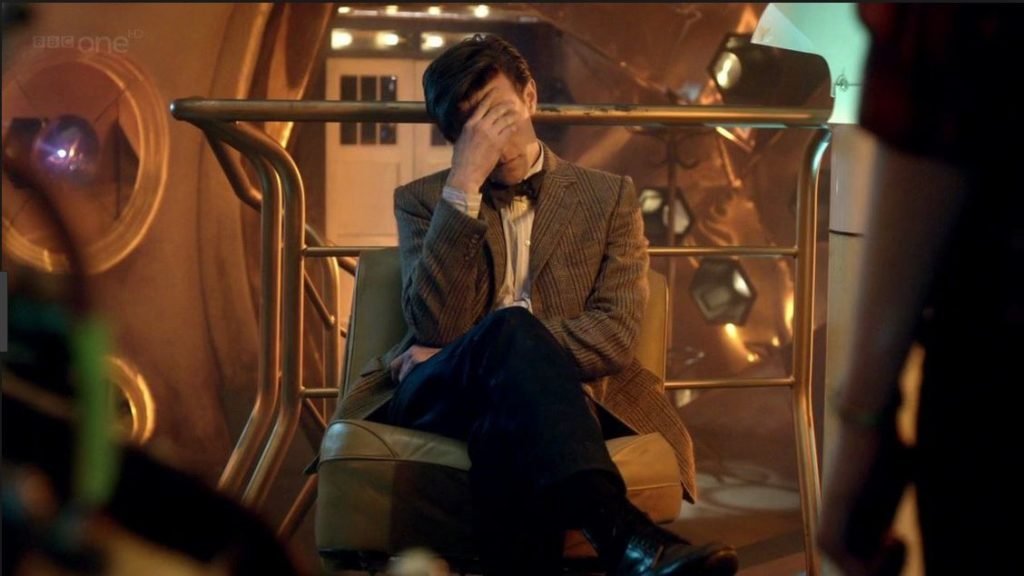To paraphrase only slightly, the second law of thermodynamics states that, in a closed system, information decreases until no useful work can be done. At the DWC, we’ve never heard a truer word spoken, and readers might want to bear it in mind when they consider the ‘news’ that scientists have ‘reversed time’ using a quantum computer.
The story was reported this week by Physics.org and picked up by ITN. Naturally enough, the latter used Doctor Who as a hook to draw readers in ̶ just as the news media so often use Star Trek’s ‘warp drive,’ ‘transporters’ or other popular SF tropes to make real science more accessible. Often, the first casualty of this approach is accuracy, and this certainly appears to be the case here.
What we know from the Physics.org article is this. Scientists from the Moscow Institute of Physics and Technology, along with US and Swiss colleagues, have successfully used a program to reset a quantum computer to a previous state.
The computer was made of elements called superconducting ‘qubits.’ In the first stage of the experiment, they initialised the computer with each qubit in its ‘ground state’ of zero. They then launched an ‘evolution program’ that degraded this ground state, introducing random complexity to the qubits so they no longer all registered as zero and chaos (randomness) ensued. This mimics the increasing randomness of matter in closed systems that the second law predicts. If you want a useful analogy, think of a racked-up snooker table as the ground state and randomness as the state of the pack after it has been struck by the cue ball.
In the third step, which the researchers called ‘time reversal’ (presumably in hope of publicity – it’s working! – and increased funding), they used another program to modify the computer again; this time so that the previous ‘evolution’ program worked in reverse and, instead of promoting degeneration into chaos, it encouraged regeneration into order.
Finally, they launched the evolution program again and the qubits ‘rewound’ back to their initial state (i.e. the snooker balls returned from their positions on the table to coalesce back into the pack).
And there you have it: it’s ‘time travel’ in the same way that defragmenting your hard drive is. Timey-wimey? No: wibbly-wobbly cobblers.

